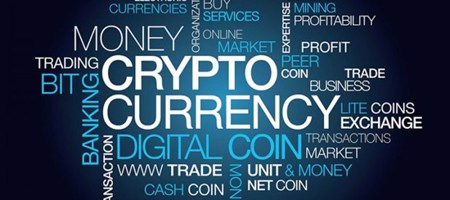What exactly is Web3?

What exactly is Web3?
Date: 24 Aug 2022
Centralization has aided in the onboarding of billions of individuals to the World Wide Web and the development of the stable, robust infrastructure that supports it. Simultaneously, a few centralized companies have a total monopoly on giant swaths of the World Wide Web, unilaterally deciding ought to and will not be allowed.
What exactly is Web3?
Web3 is the solution to this conundrum. Web3 embraces decentralization and is built, operated, and owned by its users, as opposed to a Web monopolized by large technology companies. It empowers individuals rather than powerful companies. A concept for a new iteration of the World Wide Web that incorporates concepts such as decentralization, blockchain technologies, and token-based economics. Web3 has been delineated by technologists and journalists as an attainable resolution to issues about the over-centralization of the web in a few "Big Tech" companies.
How was the term "Web3" coined?
Ethereum co-founder Gavin Wood coined the term "Web3" in 2014, and the concept gained traction in 2021 among cryptocurrency enthusiasts, large technology companies, and venture capital firms. Gavin articulated a solution to a problem that many early crypto adopters perceived: the Web demanded far too much trust. That is, the majority of the Web that people know and use today is based on trusting a few private companies to act in the best interests of the public.
Why is Web3 causing such a stir in the gaming community?
Web3 provides you with unrivaled control over your digital assets. When web2 games were popular, when you purchased an in-game item, it was linked to your account. You can only sulk in the corner and think of other ways to buy a new item when you need to upgrade to a better item or are bored of using such item. Alternatively, if you stop playing the game, the value you have invested in your in-game items will be lost.
Meanwhile, Web3 permits direct ownership through non-fungible tokens (NFTs). Nobody, not even the game's designers, has the authority to take away your ownership. If you stop playing, you can sell or trade your in-game items on open markets to recoup their value. Isn't that amazing? You enjoyed the game and made a profit or got your money back.
How about payments?
This may not be as severe in first-world countries, but the majority of people in the third world do not use banks or credit cards. They live paycheck to paycheck and rely primarily on cash for payment. This, in turn, raises another issue: Robbery.
People who do not have bank accounts or live within the borders of the wrong country are excluded because Web2's payment infrastructure is based on banks and payment processors. Web3 sends payment directly in the browser using tokens, eliminating the necessity for a trusted third party. Without cash, there is no opportunity to rob.
To summarize,
Web3 is still a young and evolving ecosystem. Many of these ideas have only recently come to fruition. Web3 is still in its early stages, but there has been a significant increase in interest in it since last year. Web3s' future looks bright as long as people continue to support its infrastructure.
Looking for a job? Reach out to us HERE
Looking to hire in the crypto industry? Reach out to us HERE
Back to News
 Share to LinkedIn
Share to LinkedIn Share to Twitter
Share to Twitter Share to Facebook
Share to Facebook Back to news
Back to news




